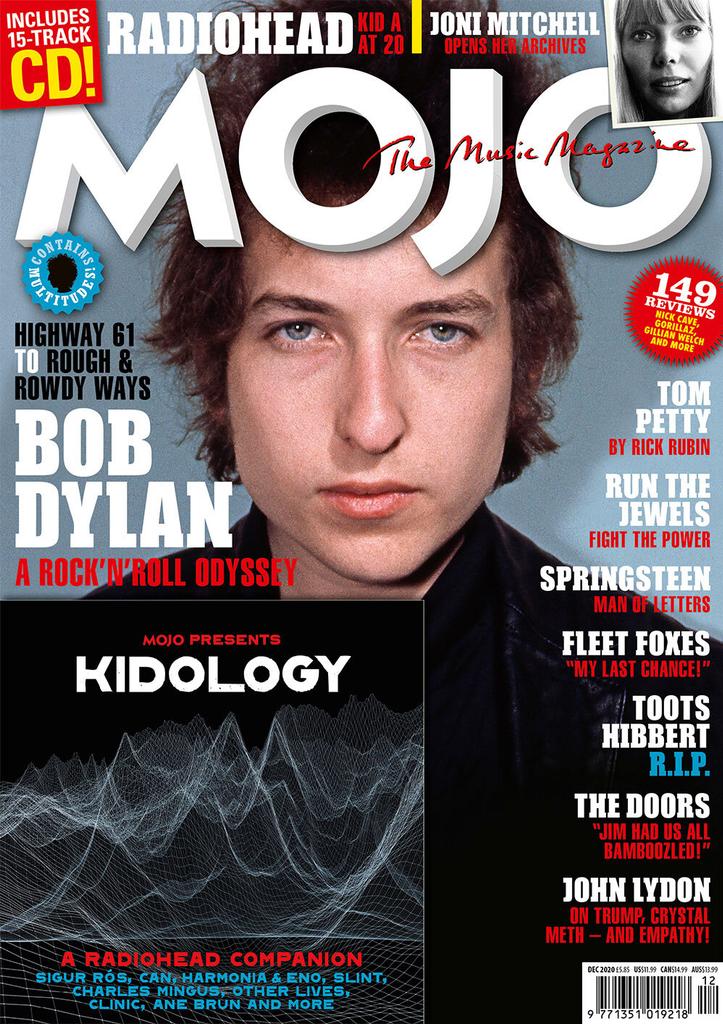The Research
All Pop tour posters have many conventions that make it stand out and attract the target audience. They are
- Large pop star in the centre
- Bold masthead at the top of the poster
- Minimal text describing when and where the tour is
Many of the Pop Tour Posters have very dark colour schemes, but many of them are also very colourful. This wide variety allows me to pick the colour scheme that fits best with the tour that I am advertising. This allows for more creativity and for me to have fun with making the poster.
The dark coloured background often make the main subject of the poster stand out. For example, the Michael Jackson posters black background, draws your eyes to the rainbow in the middle of the poster. Whereas the really bright Billie Eilish tour poster draws your eyes to the bold lime text at the top of the page.
The use of large cover stars on the poster allows the audience to gather who is on the tour. This created a desire to see them on tour as the audience may really like the person that is going to be featured on the tour. The audience may feel a connection between them and the star because they are a good fan for supporting them on their tour.
There are some uses of AIDA in the tour posters, for example, The Wanted. Their tour poster draws the readers attention due to the large and bold masthead at the top of the poster, if the attracted audience is a fan of The Wanted then they are going to be interested in the tour that they are going on. The interest in the band is going to form a desire to see them live on stage as it is a completely different experience than listening to one of their songs. The call to action is when the poster says: “Ticket’s available at SM tickets” this informs the reader that the tickets are available for sale now and that they should buy one.
The Poster
The Reflection
My tour poster is conventional as it includes all of the key aspects of a tour poster such as:
- The name of the artist
- The name of the tour
- Dates and venues
- Where tickets can be bought
My poster is unique because although it has all of the key conventions, it also has many things that are specific to my tour poster. For example, I made my model into a hologram because it fitted in with the retro/urban feel on my tour poster.
What I have learnt about photoshop, inDesign and how to make a tour poster will help with Music Magazine as the key components of both are very similar. Although the themes are going to be completely different I can transfer my knowledge from Pop to Rap.






